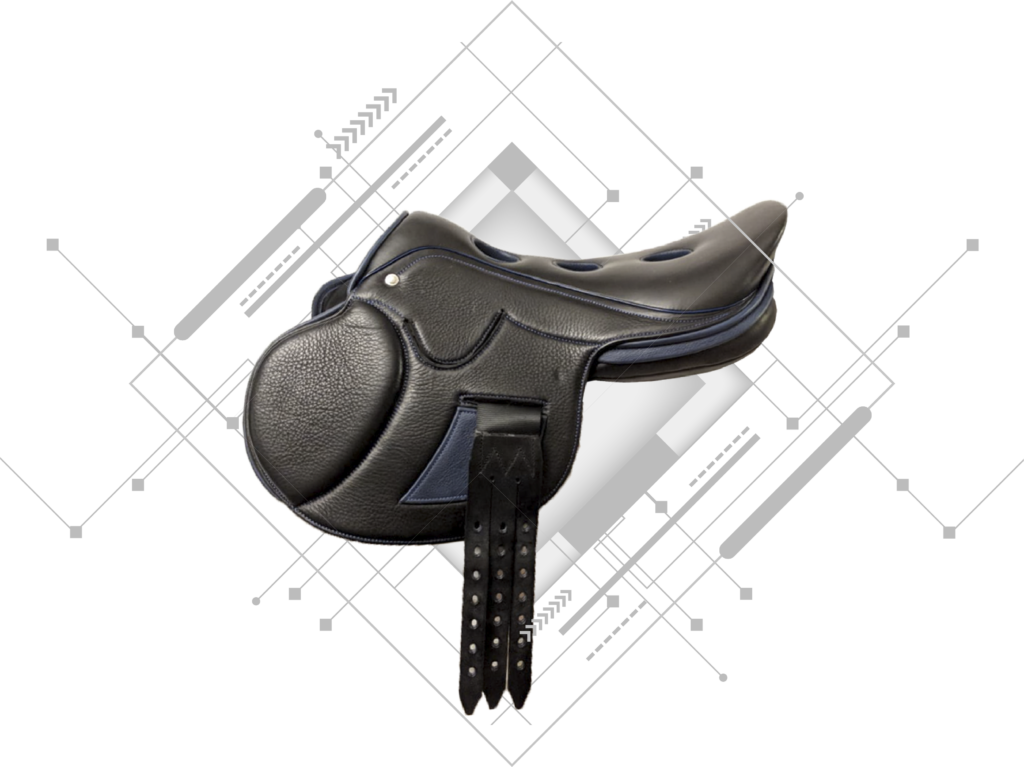WHY SADDLE FITTING
Saddle Fit for Performance
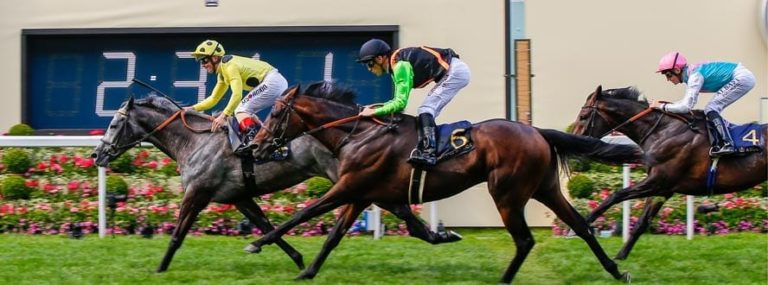
Understanding Saddle Fit
SHOULDER FREEDOM
The shoulder, or scapula, rotates upwards and backward while the horse is in motion. With the extended stride of the racehorse, the shoulder can move as far back as 13 cm (5’’) from its starting position. Why is this important? Most gullet plates used today are so designed that they do not allow for the shoulder to move freely backwards and upwards past the tree-points. Too many tree points are still too short (digging right into the trapezius) or still facing forward (impacting the sensitive cartilage on the tip of the scapula).
The pain of this injury forces the horse to limit the movement of the front leg, shortening the stride, and even going so far as to moving ‘out of the elbow’, instead of the full range of motion from the shoulder. Simply ‘getting rid of’ tree points is not the answer as correct length tree points are needed to adequately bridge the wither cap (top and sides).
Destiny Light Schleese gullet plates are designed with longer backward facing tree-points (adjustable in angle and width) to fully clear the wither cap, trapezius muscle and rotating shoulder cap of the horse during movement.
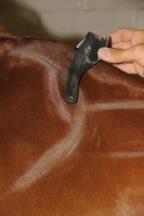
Short forward-facing tree points dig into the scapular of this horse causing cartilage damage.
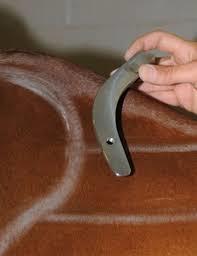
Backward facing longer tree points fully clear the shoulder, trapezius muscle and wither cap.
To utilize the saddle to its fullest potential the gullet plates are adjustable in width and angle. This is so the saddle can be appropriately adjusted as the horse matures and develops. The shoulder needs to glide past the tree-points smoothly and without blocking the shoulder. It is important for the gullet plate angle to match the shoulder angle (this is independent from width adjustability). Most saddles on the market today are adjustable in angle only. A popular misconception is that a flatter angle translates to a wider saddle. This is not true. It simply means the angle of the tree-points are at a flatter angle which often does not correspond with the horse’ steeper shoulder angle, resulting in intense pain.
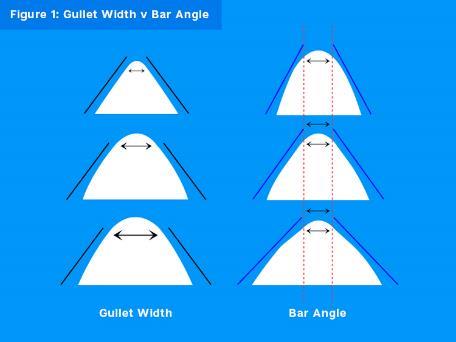
Difference between Width and Angle.
SPINAL CLEARANCE
A healthy spine supports a healthy athlete. When the spine of the horse is compromised in any way, the performance and health of the horse will suffer. To protect the spine and prevent injury, the saddle must have a wide gullet channel (minimum 4 finger width). The horizontal panels serve to lift the saddle up and away from the spine. A gullet channel that is too narrow as well as flat horizontal panels will cause the full weight of the rider to press on to the spine of the horse. With pressure directly on the spine, the back drops away and the hind legs are unable to step deeply beneath the horse. This severely weakens and destabilizes the back, increasing the risk of injury to the horse as well as to the rider as the horse is unable to move forward comfortably and in a correct posture.
Question: What is a gullet channel? When you look at the underside of your saddle there are two panels. These panels are used to clear the horse’s spine. The space between these panels is called the gullet channel. This needs to be wide enough for the saddle not to touch the bones of the spine (vertebrae) as well as surrounding ligaments, tendons, and muscle.
Example: consider the supraspinous ligament which supports the head and neck. It plays a pivotal role in the horse being able to raise and round its back for traction. Injury to this ligament alone causes acute onset of back pain and restricted gait. Yet exercise saddles are often manufactured with flat panels, and narrow gullet channels. This pinches, rubs, presses and bumps vertebrae and ligaments and is not a good investment for athletic ability.
The Destiny Light exercise saddle has a wide enough gullet channel and effective panels to adequately clear vertebrae and ligaments to protect the spine and prevent injury.
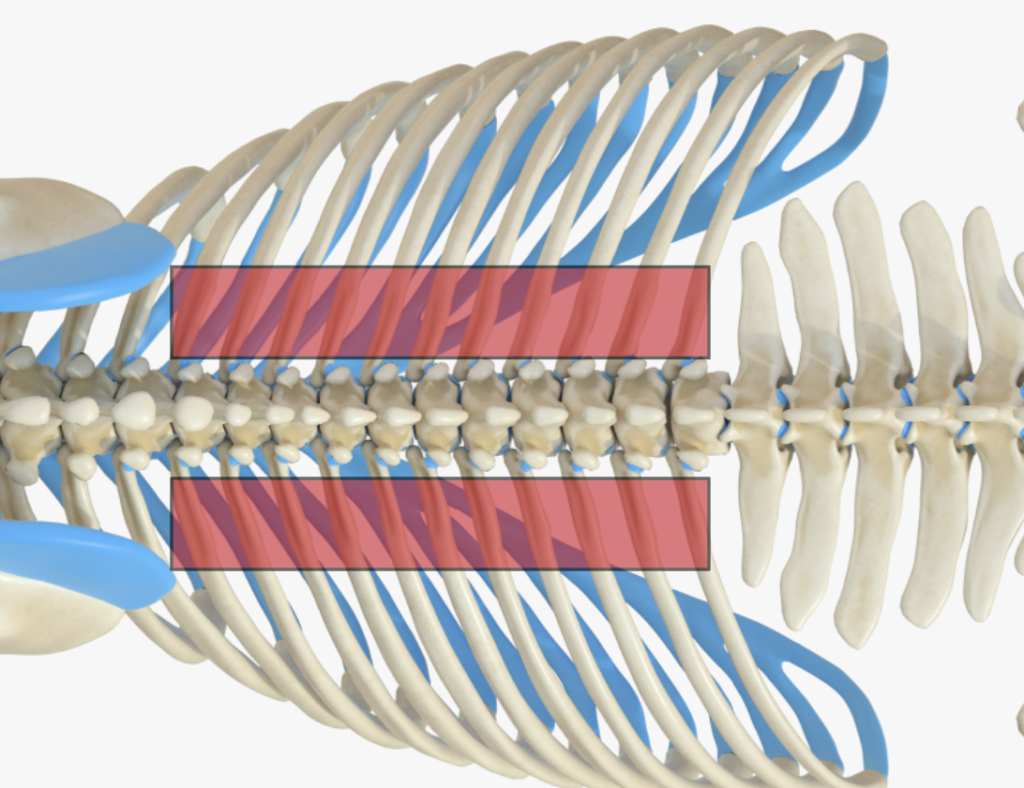
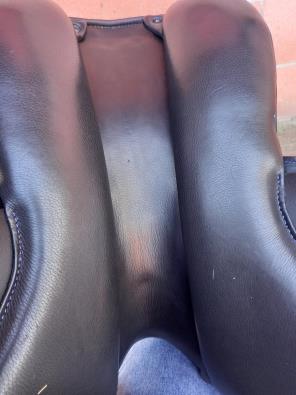
Wide gullet channel width and adequate flockable panels of the Destiny Light exercise saddle to adequately clear the spine.
REDUCED FORCE
In the past saddles were built with a tree to distribute the rider’s weight evenly over the horse’s back, while protecting and minimizing pressure of the saddle tree at the shoulder and loin area of the horse. These saddles were used for work and functionality…which was key. The horse’s longevity and soundness were of utmost economic importance.
Over the years, sport and fashion changed the look and functionality of the saddle tree to the point where there is barely any support left over the saddle bearing area of the horse. The reason for this is that the modern-day rider wants to experience ‘a close feel’ to the horse. Unfortunately, this creates enormous, localized pressure on the horse’s back, with resultant muscle atrophy, discomfort and pain.

Saddle tree and panel evolution.

Some popular half-tree saddles on the market today are so small they can easily fit within the palm of one’s hand.

Ancient Chinese saddle tree / Photo courtesy of Christoph Rieser.
The Destiny Light exercise saddle features a ¾ tree together with an added PSI panel which is a solid, yet flexible insert which dramatically reduces pressure over the front and rear of the saddle. It expands the ‘missing’ center of the tree and spreads the rider’s weight evenly and widely, even when the rider assumes the jockey position. This panel definitively lowers the overall kPa for the entire saddle – meaning more comfort and protection of the horse’s back, with less chance of ongoing long-term damage!


The PSI Panel System
COMMON MISCONCEPTIONS
“Extra padding ‘fixes’ poor saddle fit”
Oftentimes trainers attempt to compensate for an ill-fitting saddle with thick and/or extra padding. This does not alleviate pressure and is rather akin to putting on thick socks to alleviate the pain from too small a shoe. The only way to relieve the pain caused by touching, rubbing, pinching, or pressing on pressure points (wither cap, trapezius muscle, shoulder cap, spine, ligaments, tendons etc.) is to achieve full clearance by eliminating contact.
“The Destiny Light exercise saddle is slightly heavier than traditional exercise saddles, does this mean it is more difficult for my horse to carry? “
Not at all. As explained previously the Destiny Light exercise saddle has a ¾ tree which allows for the rider’s weight to be spread over a larger surface area. This together with an added PSI panel which is a solid, yet flexible insert, distributes the rider’s weight as optimally as is possible, even when the rider assumes a jockey position. In fact, the saddle has unrivalled low force per square cm/inch readings.
Therefore, even though the saddle may be slightly heavier than traditional exercise saddles because of its unique and protective features, it is ultimately a far easier load for the horse to carry.
Note to trainers:
We find trainers tend to focus on the adjustability aspect of the saddle. The busy and routine nature of a race yard makes the notion of ‘one saddle per horse’, a logistical nightmare. Even without adjusting the Destiny Light its functionality, technology and comfort far surpasses any exercise saddle on the market today. Clinical studies in horses have shown a reduced heartbeat, longer stride and faster pace in all gaits, when exercised in a Destiny Light exercise saddle (as opposed to a traditional exercise saddle). This was measured after the horses exercised in a traditional exercise saddle (over the same distance and at the same pace), only half an hour earlier!
Our recommendation: ‘Invest in enough Destiny Light exercise saddles to cover your biggest string’. This is truly an investment in athletic potential. Should there be a horse who needs extra attention, you can work together with a saddle ergonomist to periodically adjust the saddle to this horse, as it progresses in growth and training.
Note to owners:
Traditionally it has always been the trainer’s role to supply exercise saddles. For the first time you, as an owner, have the chance to directly impact and improve the quality of your horse’s training by investing in a Destiny Light exercise saddle. It does not make sense to invest in a racehorse, only to have it systematically deteriorate under saddle. Each time bone and cartilage are chipped away by metal tree – points, shoulders blocked, ligaments and bone pinched, rubbed or bumped by narrow gullet plates and muscle wasting from excessive force – racehorses compensate, suffer, sustain injuries and lose potential. Our recommendation: Invest in a Destiny Light exercise saddle for your horse. Work together with a saddle ergonomist to adjust the saddle to your horse approximately every 4 months. This will utilize your investment (horse and saddle!) to its full potential.
Note to professional healthcare providers:
The moment you as a physiotherapist, body worker, osteopath, equine chiropractor, or veterinarian are called out to work on a horse who is suffering from body issues or injury caused by an ill-fitting saddle, your work is being undone the moment the horse resumes exercise under saddle. The Destiny Light exercise saddles provide a path forward.
ADJUSTABILITY OF THE DESTINY LIGHT
All Schleese saddles are adjustable. When you make the decision to adjust your Destiny Light exercise saddle, it is imperative to work together with a trained saddle ergonomist in your area. There are two options: A machine adjustable saddle or the newly launched DIY Custom Fit System. With the DIY Custom Fit System, the saddle can be custom fit on-site by one of our Certified Saddle Ergonomists (CSE), Certified Schleese Saddle Representative (CSSR), or virtually with one of our saddle fit expert support staff, 24/7 anytime, anywhere to guide you.
